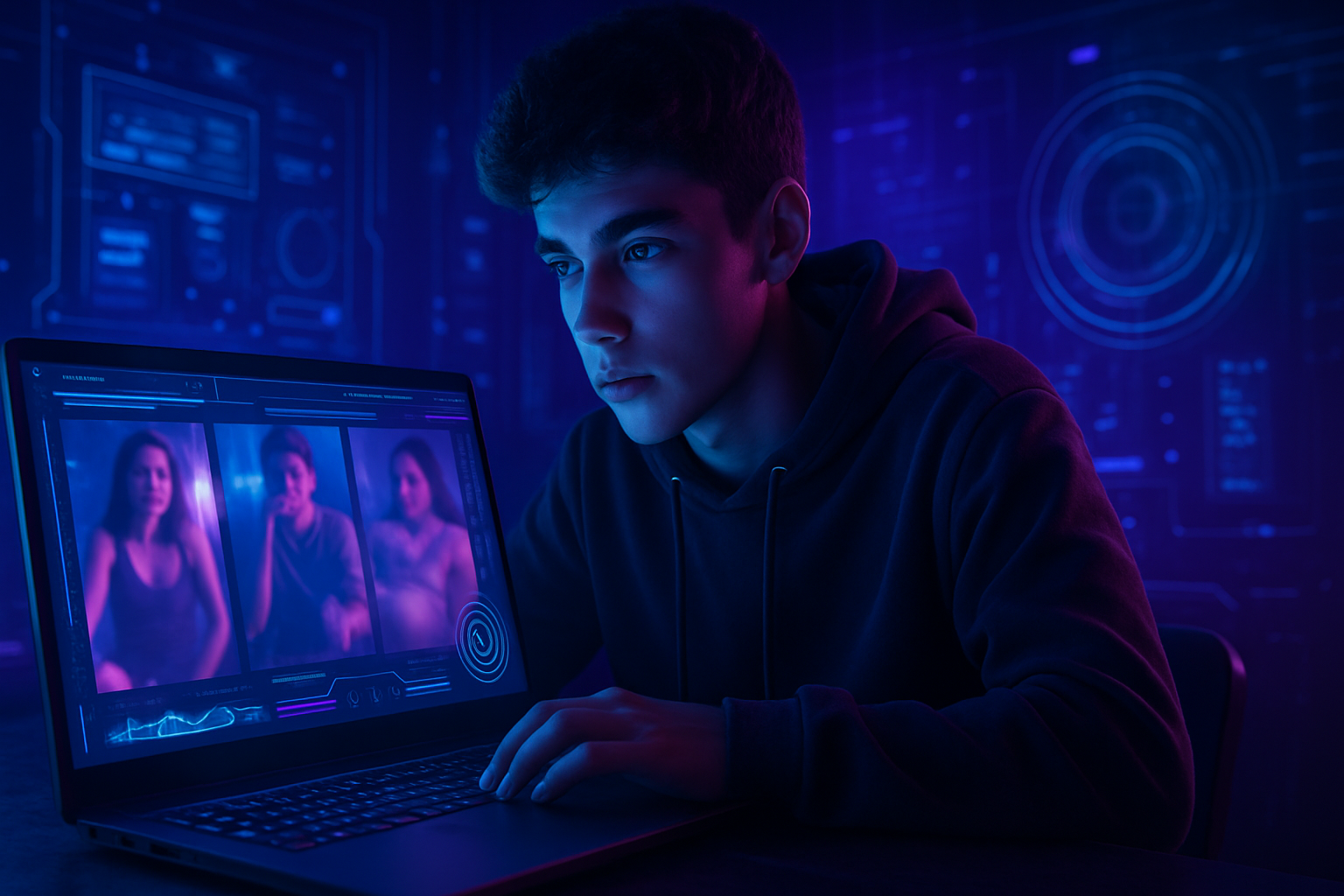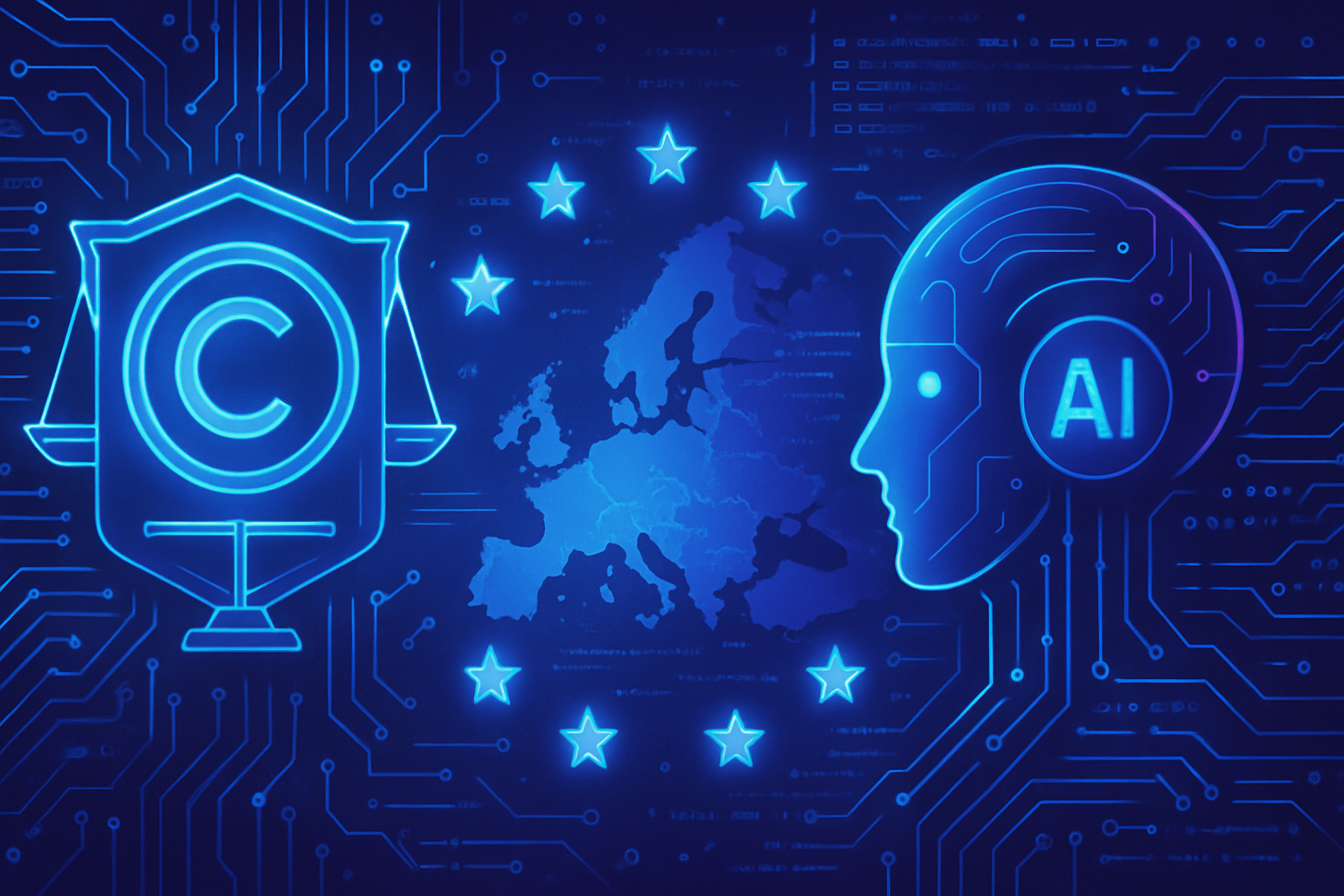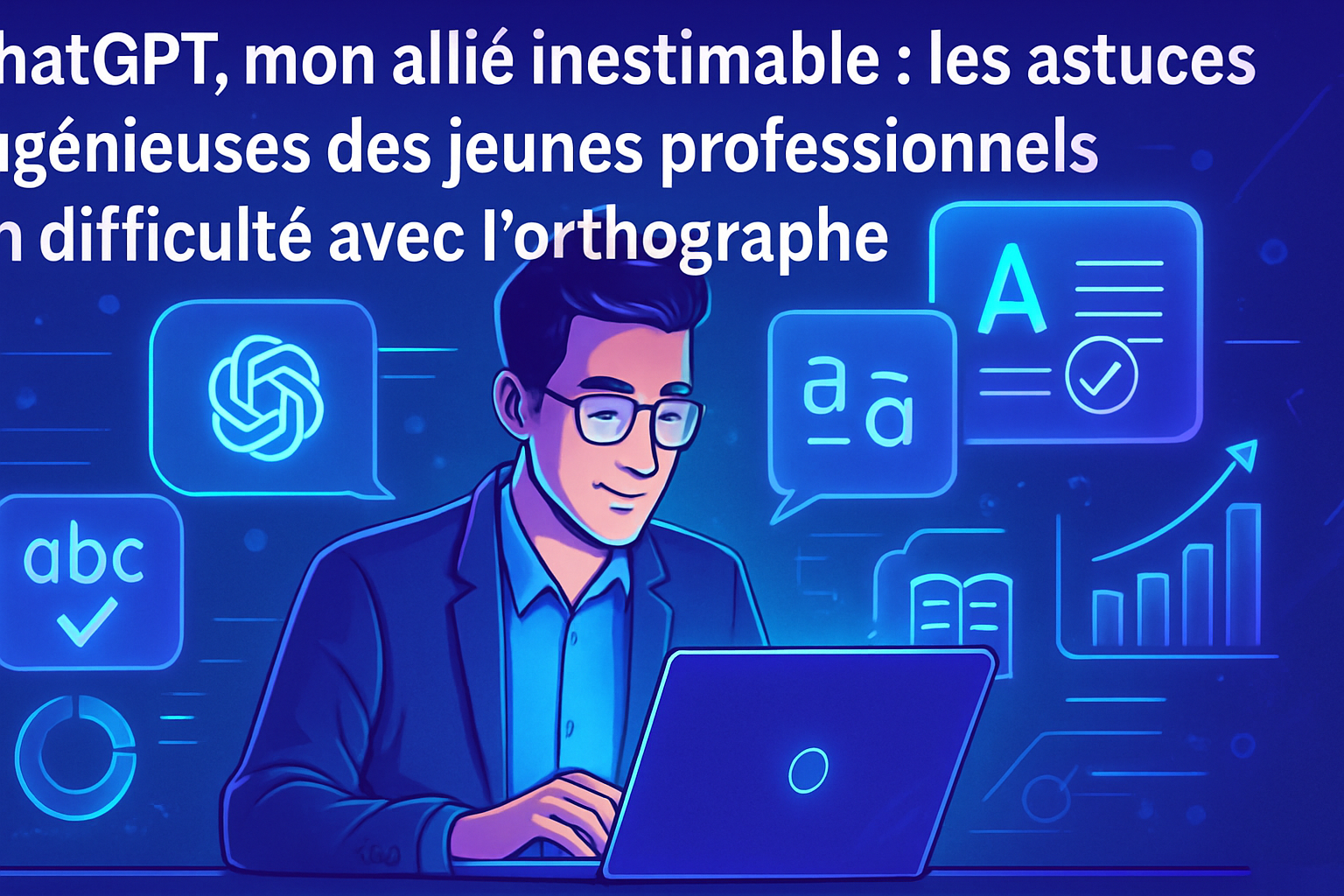The unauthorized distribution of compromising images raises major ethical issues. Artificial intelligence is becoming a tool for manipulation, necessitating urgent debates. A Spanish teenager, barely 17 years old, illustrates this problem with his alarming actions. The use of images of his classmates, transformed by AI, violates their integrity and exposes young lives to unbearable humiliation. This case highlights the pressing need for appropriate legislation in the face of these digital abuses and underscores the ever-present danger of misused technology.
Case of compromising images generated by AI
Spanish authorities have recently opened an investigation into a 17-year-old teenager who distributed compromising images of his classmates. This young man, suspected of having used artificial intelligence to create inappropriate content, allegedly tried to market them. The incidents occurred at a high school in the Valencia region, where sixteen students reported the fraudulent use of their image.
Investigation details
The Spanish Civil Guard has received several complaints since last December. A student reported the creation of an account in her name, without any consent from her. This account contained videos and photos generated by AI, where young people appeared in fully nude poses. This illegal practice has raised serious concerns within the educational community.
The mechanisms used
The accused teenager allegedly had access to various image manipulation tools that allowed him to create disturbing content. According to authorities, these images were distributed not only on social media but also on a website dedicated to selling such content. The phenomenon raises questions about the safety of young people in the face of increasingly powerful technologies.
Legislative progress in response to this situation
The Spanish government, aware of the seriousness of such offenses, has taken legislative measures. In March, it agreed to criminalize the distribution of sexually explicit videos created without the consent of the individuals concerned. This bill, described as groundbreaking in Europe, aims to protect minors from abuses related to the use of AI.
Judicial consequences for the teenager
The young man faces charges of corruption of minors. Investigators have established a connection between the IP addresses of the implicated accounts and the student’s home. This development has confirmed suspicions against him, emphasizing the importance of a rapid response from the authorities.
Impact on the perception of risks related to AI
This case sheds light on the potential risks of AI in the daily lives of teenagers. The ability to generate compromising images using tools accessible to everyone calls for broader reflection on how to educate young people about the responsible use of these technologies. This also includes discussions about the ethical and moral standards surrounding the creation of digital content.
Reactions within the educational community
Educational leaders express concern about how these events might impact students. Trust within schools could be affected, along with perceptions of digital safety. Efforts are underway to raise awareness among young people about the issue of abuses related to the use of artificial intelligence.
Frequently asked questions
What are the legal consequences for a teenager who has distributed compromising images of their classmates?
The consequences may include prosecution for corruption of minors, as well as criminal sanctions according to existing laws on privacy protection and the misuse of images, including those created by artificial intelligence.
How can victims report such abuses?
Victims can report the abuse to the police or competent authorities specializing in the protection of minors’ rights, providing all available evidence, such as screenshots or links to the distributed content.
What preventive measures can be implemented in schools?
Schools can organize awareness sessions on the dangers of AI technologies, promote clear policies against digital harassment, and establish open lines of communication so that students feel safe reporting incidents.
Are parents responsible for their children’s actions in such cases?
Parents can be held responsible if the facts demonstrate a lack of supervision or control over their children’s digital activities, although the direct legal responsibility generally lies with the teenager.
What are the ethical implications of creating images of people without their consent?
The creation of images of people without their consent raises significant ethical concerns surrounding privacy, personal dignity, and objectification, especially when it comes to minors.
Are there laws regulating the use of AI in creating sensitive content?
Yes, several countries, including Spain, are working to establish laws to prohibit the creation and distribution of AI-generated content that undermines the dignity and privacy of individuals, especially at their expense.
What are the best practices for protecting one’s image online?
It is recommended to set privacy settings on social media, avoid sharing personal or sensitive information, and stay informed regularly about the risks associated with using the Internet.
What psychological support is available for young people affected by such situations?
Victims can benefit from psychological support through school counseling services, specialized associations, or dedicated helplines, which provide them with a safe space to talk about their experiences.






